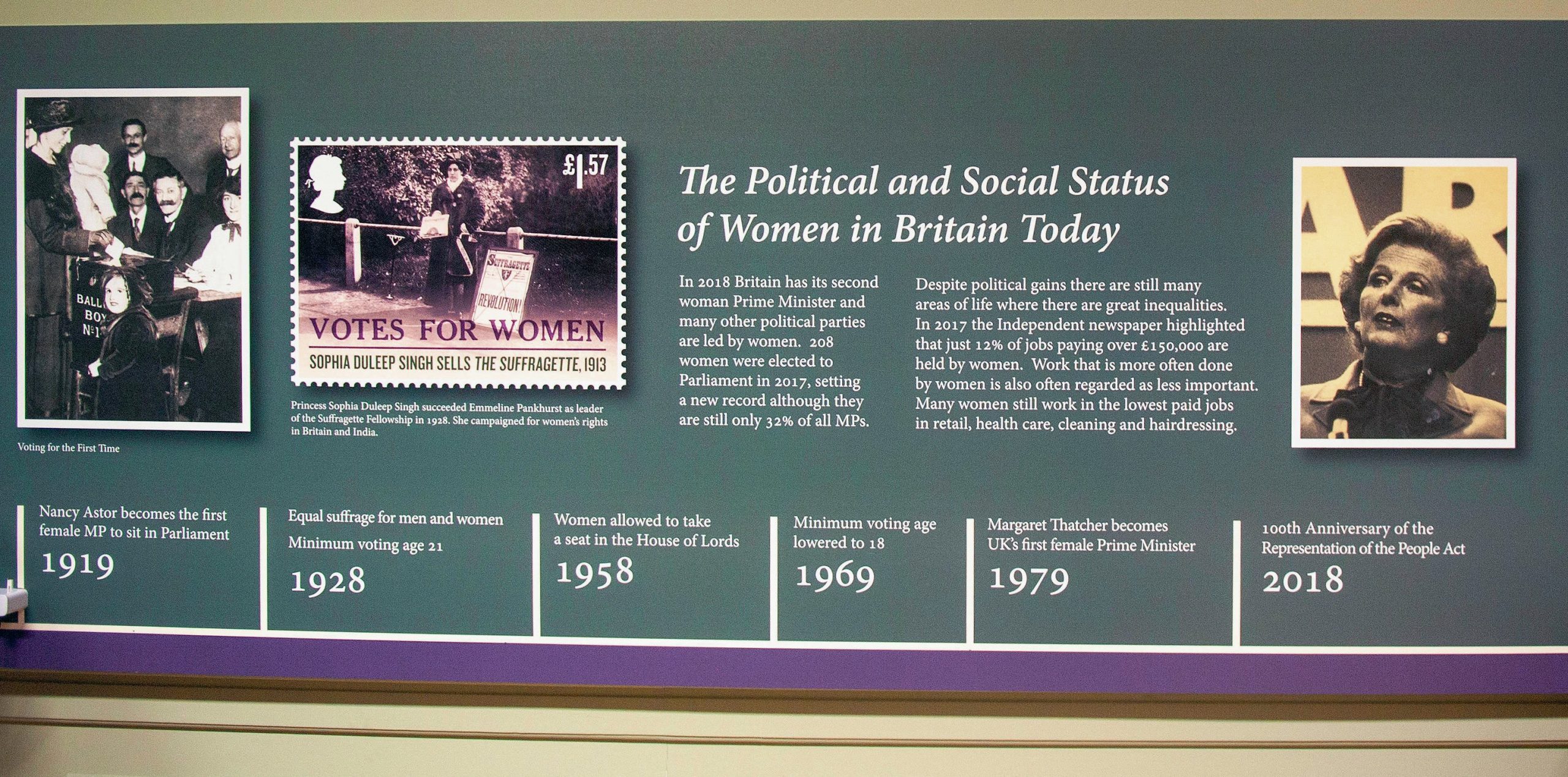
A timeline is a representation of a period of time in a linear (or diachronic) way. Timelines can range from a single line littered with dates and events in a chronological order, to collections of lines showing comparative, spatial developments. Timelines are, by definition, the ‘bread and butter’ of studying history, but have many specific uses other than simply providing a picture of past events. However, care should be taken when utilising timelines. Depending on how they are constructed, they can lead to a distorted view of the past, and cause misconceptions about the nature of history as an academic discipline.
Timelines come in different shapes and sizes and will vary according to their intended purpose. The main types are outlined below, starting with the simple and moving on to the more sophisticated.
Your organisation does not have access to this article.
Sign up today to give your students the edge they need to achieve their best grades with subject expertise
Subscribe




